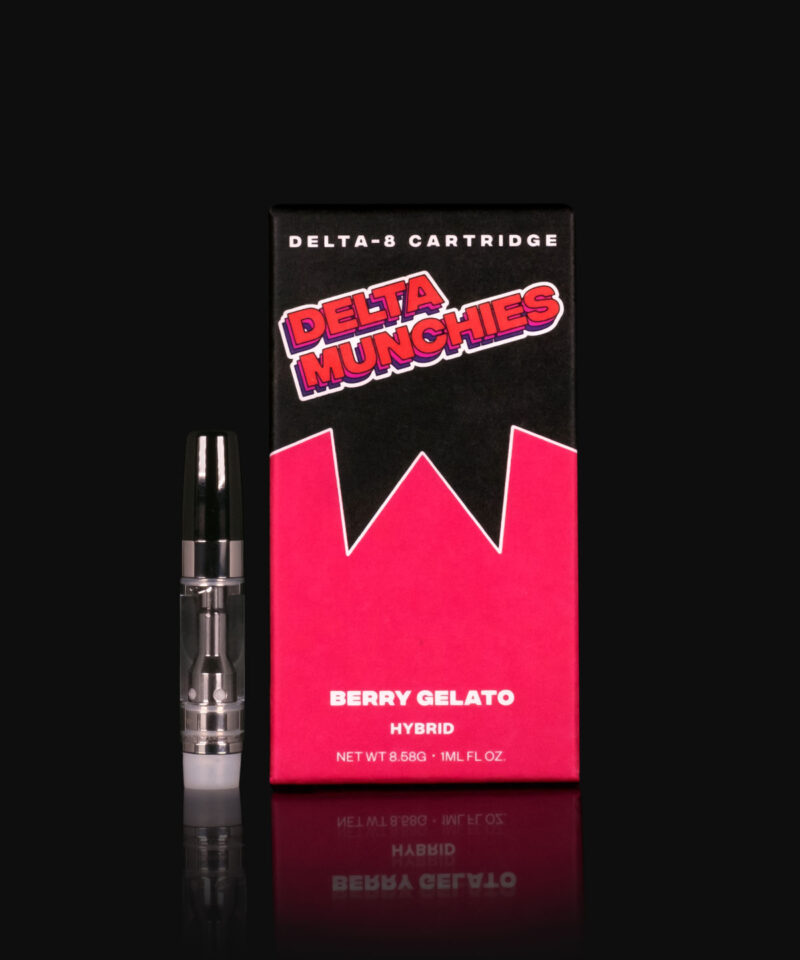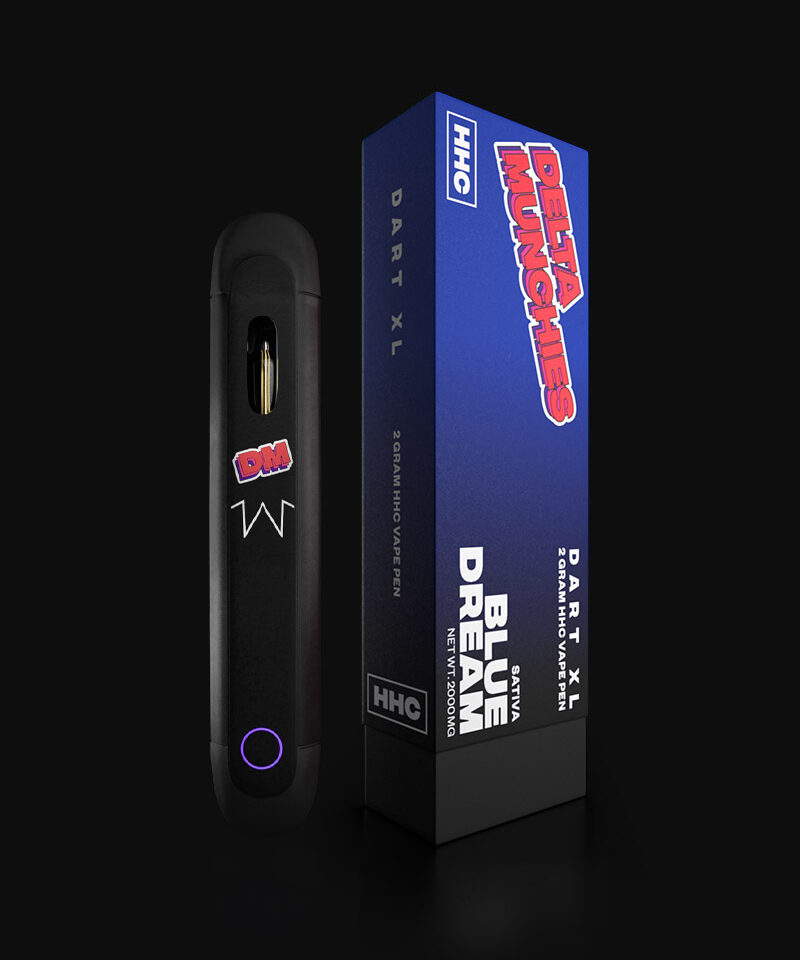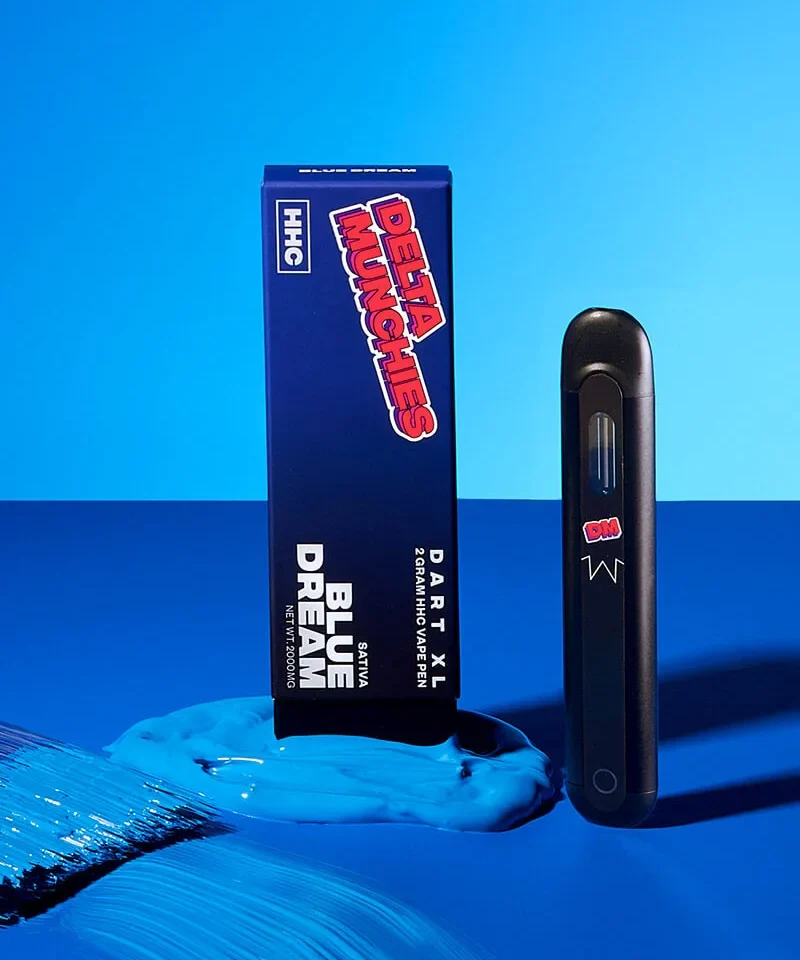Informative
CDT vs. BDT
CDT vs. BDT may be one of the more interesting comparisons in the cannabis world. This is because, despite both compounds having identical molecular structures, there are also some critical differences.
In this article, we extensively explore the CDT vs. BDT debate, walking you through various salient points — what they are, their functions, similarities, and differences.
Looking for products with natural and cannabis-derived terpenes for an elevated high? Check out what Delta Munchies has in stock!
Delta 8 THC
Contents
Key Takeaways
- CDT and BDT are both terpenes that are derived from plant materials.
- CDT (or cannabis-derived terpenes) refer to terpenes extracted from cannabis plants, while BDT are derived from other plants aside from hemp plants.
- Both forms of terpenes contribute to better flavors, aromas, and generally improved cannabis consumption experience.
What is CDT?
CDT stands for cannabis-derived terpenes, which refers to terpenes sourced or gotten from cannabis plants. However, to fully understand CDT, you must know what terpenes are.
Terpenes are compounds in plants responsible for their unique smell, color, and taste. Terpenes also play a role in the protection of plants. Today, experts have identified several thousand terpenes, each with its unique qualities and found in several plants worldwide.
However, when we say CDT, we refer to terpenes found specifically in cannabis plants.
Cannabis plants are a great source of terpenes, with over 400 terpenes discovered in cannabis strains. Some of the most popular terpenes found in cannabis include linalool, myrcene, humulene, and beta-pinene.
Also, note that terpenes have been linked with beneficial properties that contribute positively to the body’s health. These include anti-inflammatory, antimicrobial, and antifungal properties.
What is BDT?
BDT stands for botanically-derived terpenes, and they are terpenes derived from other plant sources besides cannabis. Some of these other plant sources that BDT is derived from include citrus fruits, spices such as black pepper, lemongrass, lavender, and other herbs.
Some of the popular examples of BDT include:
- Geraniol: Mostly derived from roses
- Limonene: Generally exists in citrus fruits such as limes, lemons, and oranges
- Camphor: Mostly found in the camphor laurel tree
- Cymene: Typically derived from tangerines
- Borneol: Mostly found in rosemary and ginger
- Terpinene: Typically derived from eucalyptus
It is important to note that there is a third category of terpenes, namely, synthetic terpenes.
These kinds of terpenes differ from CDT and BDT in the sense that they are not naturally extracted but made in labs. As a result, they may have a different chemical makeup from naturally derived terpenes (CDT and BDT).
Lastly, while CDT and BDT may be used to produce vape carts and other cannabinoid products, the same also applies to synthetically made terpenes.
CDT vs. BDT: Differences
CDT and BDT are similar in many respects, but some subtle differences still exist between them. Here are some of the differences between CDT and BDT:
Source
The primary difference between CDT and BDT is their source.
On the one hand, CDT is specifically extracted from hemp or cannabis plants. However, they generally do not contain a significant amount of THC but contribute to the entourage effect and a better cannabis experience.
On the other hand, BDT refers to terpenes sourced from other plants besides cannabis. They are generally found in a variety of plant-life sources, including fruits, flowers, herbs, and spices. While BDT may not perfectly replicate the specific aromas of cannabis strains, they can still provide appealing flavors and scents.
Cost Implications
While CDT and BDT are both naturally occurring, they don’t necessarily cost the same to extract. More often than not, CDT is more expensive to acquire as cannabis plants are not readily accessible, and some of these terpenes occur in small amounts.
However, botanically-derived terpenes generally occur more abundantly in plants that are easy to find in our everyday environment. Interestingly, some terpenes, such as myrcene, occur more abundantly in hemp plants than any other plant.
CDT vs. BDT: Similarities
Cannabis-derived terpenes and botanically-derived terpenes have quite a lot in common. They include:
Chemical Makeup
There is no difference between a specific CDT and BDT regarding their chemical makeup. In other words, a given terpene derived from hemp compared to the same terpene derived from another plant source will have no structural or chemical differences.
For instance, pinene will remain pinene whether you extract it from pine or cannabis plants.
Function
At the end of the day, all terpenes have the same function. They lend their taste, color, and fragrance to whatever product you include them in. In plant life, terpenes sometimes contribute to protecting plants from insects, pests, and even infections.
So, regardless of what plant they’re extracted from, they play the same roles in the plant.
Effects
Cannabis-derived terpenes and botanically-derived terpenes are both known for their aromatic properties and potential therapeutic effects. Still, their specific effects can vary based on the individual terpene compounds present in each type.
For instance, while some may aid relaxation, others may contribute to a mood boost. Some terpenes can even help boost appetite.
CDT vs. BDT: Effects
The effects of both CDT and BDT generally vary based on several factors, including the specific terpene composition, individual sensitivities, and interactions with other compounds. Therefore, it is almost impossible to pick a one-size-fits-all answer for the effects of terpenes.
Nevertheless, here’s a general overview of the effects of CDT and BDT:
Mitigation of Oxidative Stress
The antioxidant properties of terpenes may make them effective in dealing with the oxidative stress we encounter in everyday life. Oxidative stress generally speeds up our aging process, and pollution, second-hand smoke, and processed foods are some of the ways we inadvertently expose ourselves to this stress. Thankfully, terpenes can help fight this.
May Help Boost Your Mood
Do you know that feeling you get from hiking among evergreen trees or inhaling the scent of fresh-cut oranges? Sometimes, terpenes contribute to this. Some terpenes, such as limonene and terpinolene, may have uplifting and mood-enhancing properties.
May Promote Relaxation
Improved relaxation is another one of the potential effects of CDT and BDT. For instance, myrcene, which is present in many indica cannabis strains, can contribute to better relaxation and sedation.
CDT vs. BDT: Which is Better?
There is no right or wrong answer here due to several reasons. First off, there are still very few studies that directly compare CDT and BDT. As a result, it is still impossible to provide conclusive proof regarding which is better.
Besides, CDT and BDT generally offer users the same functions and effects when it comes to consumption. As a result, it is very challenging to decide which one works better for you.
In addition, most hemp-derived product manufacturers generally use a combination of CDT and BDT in their products — CDT when it is cost-effective to do so and BDT when the desired terpenes occur more abundantly in other plants.
Where to Buy Cannabis Products with Natural Terpenes Online
Delta Munchies is the go-to brand if you’re looking for products containing premium-quality hemp and natural terpenes. You’ll find we have various lab-tested vape products made with organic natural and cannabis-derived terpenes.
Delta 8 THC
Delta 8 THC
Final Thoughts
Ultimately, the choice between CDT and BDT is subjective and depends on your individual preferences, intended usage, and desired effects. However, you may also find that a combination of both types of terpenes suits your needs best.
CDT vs. BDT: FAQs
What Does CDT Mean in Vapes?
CDT in vapes means that the vape contains cannabis-derived terpenes that may contribute to improved flavors, aromas, and a more wholesome cannabis experience.
What Does BDT Mean in Delta 8?
BDT in delta 8 means that the specific delta 8 products contain botanically-derived terpenes in addition to cannabis-derived terpenes. There is also CDT in delta 8, where the delta 8 distillate is enriched with cannabis-derived terpenes.
What is a BDT Pod?
This is a THC oil pod that also contains botanically-derived terpenes.
What is the Difference Between CDT and Live Resin?
CDT focuses on enhancing the aromatic and flavor qualities of cannabis products, while live resin is a concentrated form of cannabis extract that captures the full spectrum of terpenes and cannabinoids from freshly harvested plants. We could say that CDTs are a part of live resin.
















